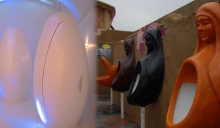
This age-old inquiry about the chicken and the egg conundrum has now encountered a fresh perspective, as researchers unveil a theory suggesting that ancient predecessors of modern birds may have given birth to live young.

In evolutionary terms, the phenomenon of egg-laying was already established among the distant dinosaur forebears of chickens long before the advent of the first chickens evolved.
This discovery was believed to settle the age-old dilemma surrounding the chicken-and-egg enigma. Nevertheless, a recent research endeavor has introduced a new perspective, suggesting that the earliest reptilian forebears of chickens, dating back millions of years before the emergence of dinosaurs, might not have adhered to the traditional egg-laying approach.
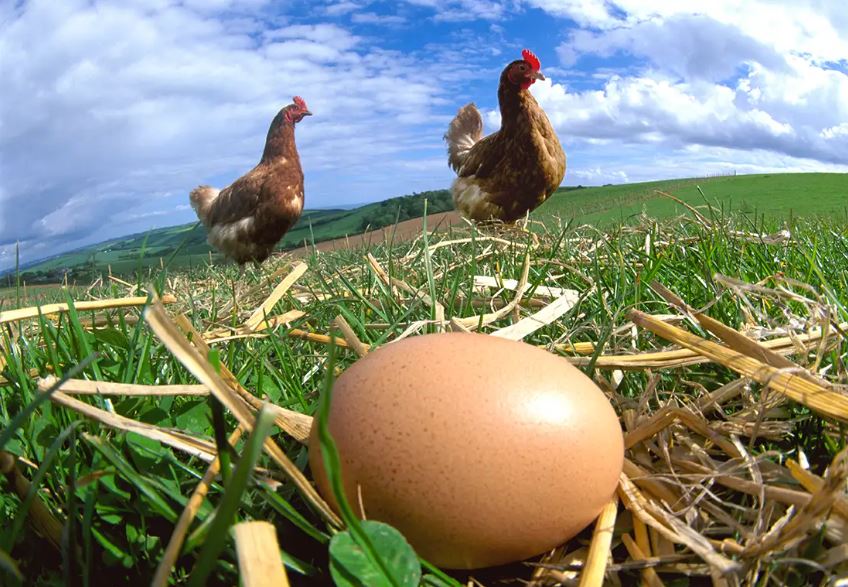
Traditionally, the scientific community maintained that the introduction of hard-shelled eggs played a pivotal role in the early evolutionary triumph of the amniotes over 300 million years ago. These amniotes encompassed a group of vertebrates that experienced embryonic or fetal development encased within an amnion, a protective membrane within the egg.
A fresh study, scrutinizing 51 fossil species and 29 present-day species categorized as either oviparous (laying hard or soft-shelled eggs) or viviparous (giving birth to live offspring), challenges this viewpoint. Experts contend that while the hard-shelled egg has long been hailed as a significant evolutionary innovation, this research implies that an extended period of embryo retention—when the young are sheltered by the mother for varying durations—offered this particular group of creatures the ultimate safeguard.
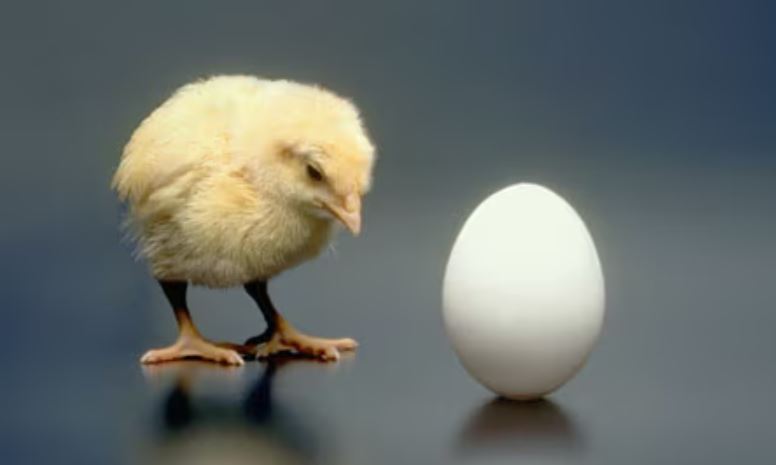
Professor Michael Benton from the University of Bristol's School of Earth Sciences said: 'Before the amniotes, the first tetrapods to evolve limbs from fishy fins were broadly amphibious in habits.
'They had to live in or near water to feed and breed, as in modern amphibians such as frogs and salamanders.
'When the amniotes came on the scene 320 million years ago, they were able to break away from the water by evolving waterproof skin and other ways to control water loss.
'But the amniotic egg was the key."
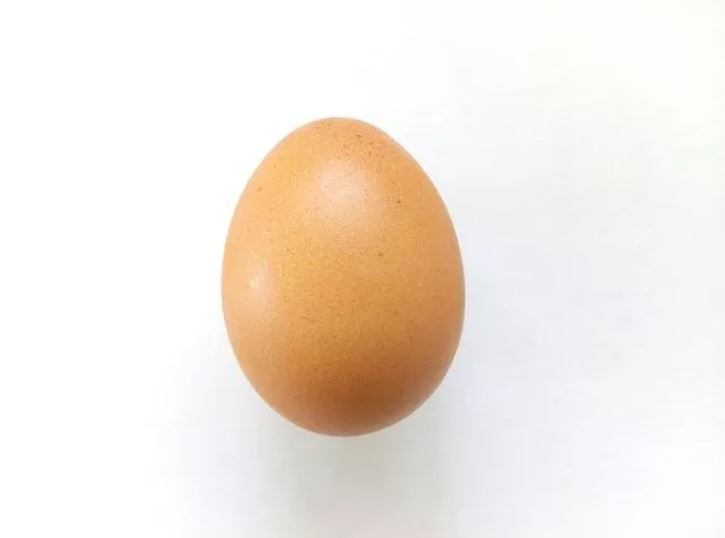
'It was said to be a "private pond" in which the developing reptile was protected from drying out in the warm climates and enabled the Amniota to move away from the waterside and dominate terrestrial ecosystems.'
He added: 'Our work, and that of many others in recent years, has consigned the classic 'reptile egg' model of the textbooks to the wastebasket.'
Project leader Professor Baoyu Jiang added: 'This standard view has been challenged.
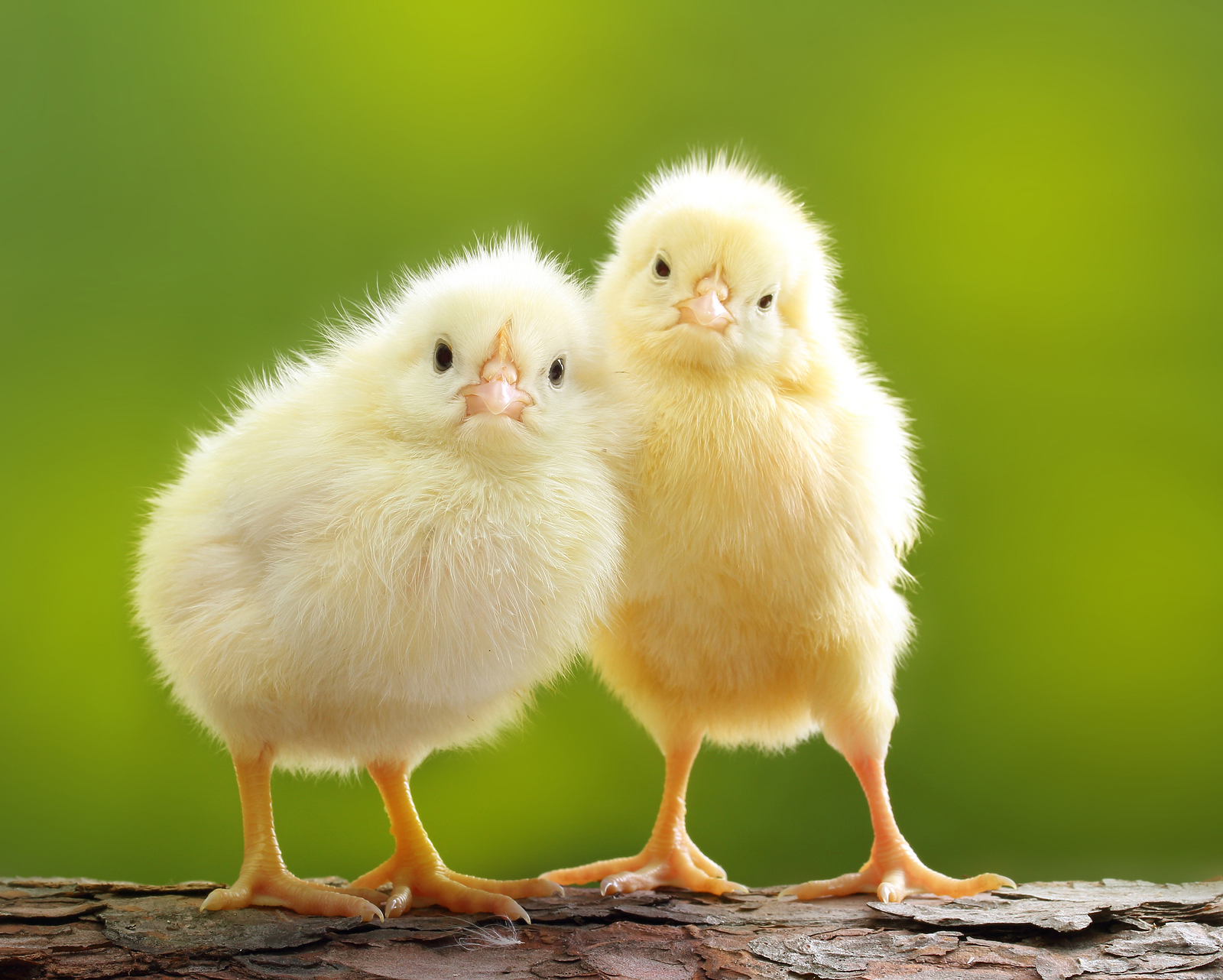
'Biologists had noticed many lizards and snakes display flexible reproductive strategy across oviparity and viviparity.
'Sometimes, closely related species show both behaviours, and it turns out that live-bearing lizards can flip back to laying eggs much more easily than had been assumed.'
Conducted by researchers from Nanjing University and the University of Bristol, the study is published in Nature Ecology & Evolution.


